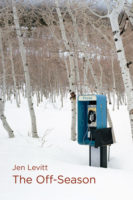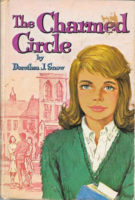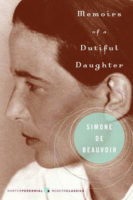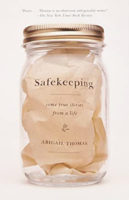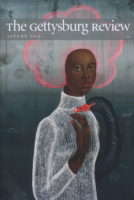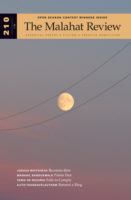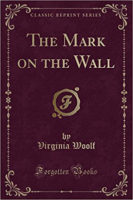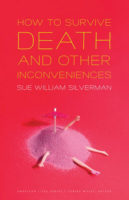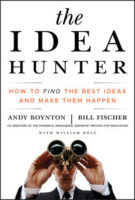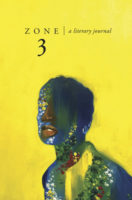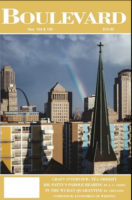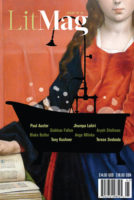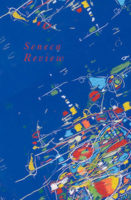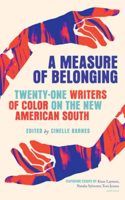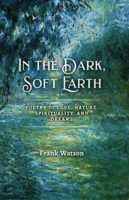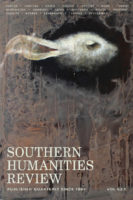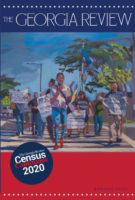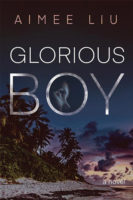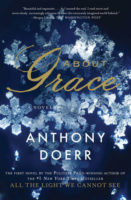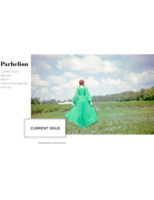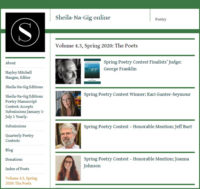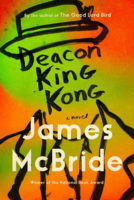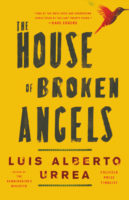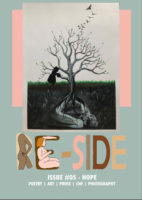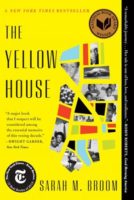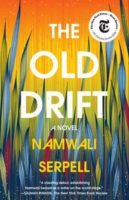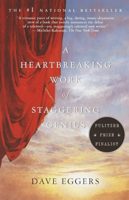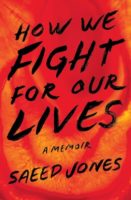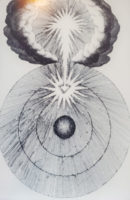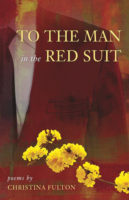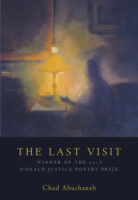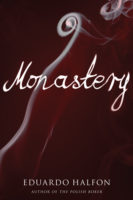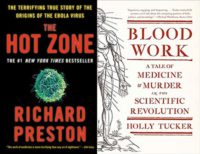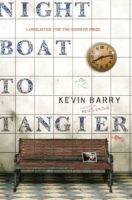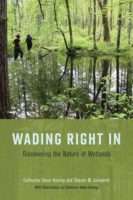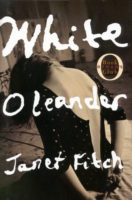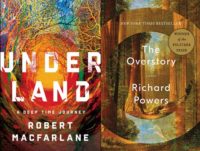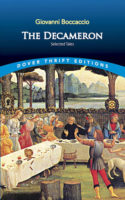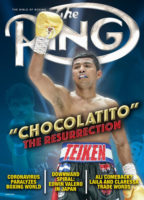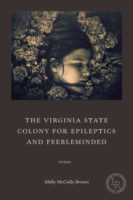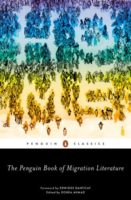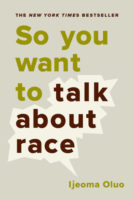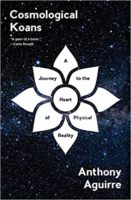 Guest Post by Carolyn Dille
Guest Post by Carolyn Dille
Cosmological Koans: A Journey to the Heart of Physical Reality by Anthony Aguirre has so entranced me that I’m reading it as slowly as I can and looking forward to beginning again. Aguirre’s title hints at who could fall under the spell of his book of enchantment: readers who gravitate toward questions and find answers intriguing for the questions they raise, as well as those who like time and space travel, and puzzle- and mystery-loving readers.
Aguirre, a cosmologist at the University of California Santa Cruz, creates his nested and far-flung nets of adventure in language that is candid, colloquial, and often witty. These stories often reminded me of campfire stories, the speculations that we engage in with hiking companions when we’re under the stars and far from our routines. The questions our prehistoric ancestors must have asked: what are those lights above us in the dark; do they have anything to do with us? Now, we know some answers to those questions.
But Aguirre takes us further into the shimmering places in mind and body where what and how we don’t know becomes a quest. The book’s arc reminds me of classic journey stories: Don Quixote, One Thousand and One Nights, and The Decameron.
Cosmological Koans begins its physical/metaphysical journeys with Greek and Buddhist philosophers, flies over a millennium and lands in the 17th century. From there it transports us from Venice to the Arabian desert and Japan, to China, India, and Tibet, to the 20th century, and many other places and spaces.
There are meet-ups along the way: Einstein, Buddha, Galileo, Zen Master Dōgen, Zeno, samurai, Richard Feynman, fictional characters, and more. They shed light on Aguirre’s cosmological koans, which include maps, emotions, measurements, values, dangers, happiness, and how we know what we know. Meandering through these pages of spacetime, I’m feeling the pleasure of knowing and not-knowing in very good company.
Cosmological Koans: A Journey to the Heart of Physical Reality by Anthony Aguirre. W. W. Norton & Company, May 2019.
Reviewer bio: Carolyn Dille writes, teaches Soto Zen and Insight meditation, and edits leapingclear.org, an online magazine of art, literature, and contemplation. In these shelter-in-place days in Santa Cruz, California, she’s also reading Heal-ing Resist-ance by Kazu Haga, and Rebecca Elson’s A Responsibility to Awe.
Buy this book through our affiliate Bookshop.org.
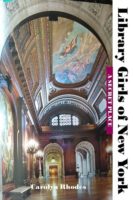 Guest Post by Suzanne G. Beyer
Guest Post by Suzanne G. Beyer

